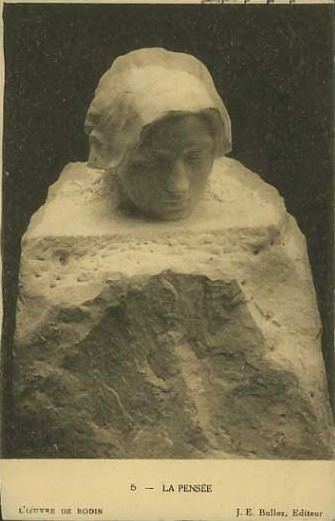 | ||
Non finito is a sculpting technique meaning that the work is unfinished. Italian in origin, it literally means "not finished". Non finito sculptures appear unfinished because the artist only sculpts part of the block, the figure sometimes appearing to be stuck within the block of material. It was pioneered by Donatello during the Renaissance and was used by Michelangelo as well as numerous other artists.
Non finito is also a concept in art, and most commonly found in sculpture where the artist chooses to leave the work unfinished. The origins of this practice come from antiquity and the philosophies of Plato. Platonic philosophy states that any work of art, or otherwise, never completely resembles its heavenly counterpart. The act of leaving a work unfinished is sometimes an homage to this. In the case of the ancient Romans, artists would sign their work with the verb "Faciebat" (third-person singular imperfect active indicative of faciō). This verb, following their name, would identify them as the artist, but the work as unfinished (non finito). Artists signed their work in this manner even if the work had been refined to the highest degree, as when Michelangelo famously used this signature when he signed his Roman Pieta, claiming it to still be "non finito".
